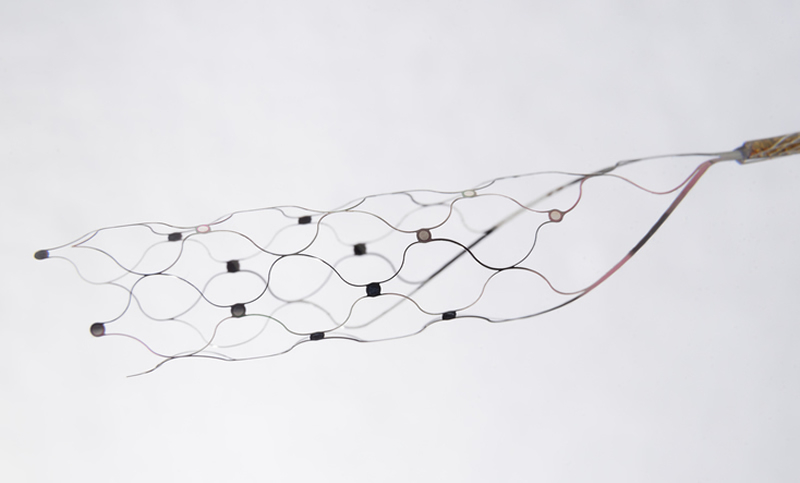The American company Synchron, which develops brain-computer interface (BCI) technologies to restore motor functions in paralyzed people, announced the integration of a generative artificial intelligence system from OpenAI into its platform. This will allow patients with severe paralysis to interact with other people with the power of thought.

Image source: Synchron
A chatbot in a neural interface, powered by AI from the creator of ChatGPT, will simplify the communication process for users. The system can generate automatic hints in text and audio format in real time, taking into account the context and emotional state of the user (the system accepts text, audio and graphic data), and offer optimal phrase options. That is, AI will help in typing with the power of thought, predicting what a person would like to say in a given situation, and offering several options for words or phrases to choose from – a kind of advanced T9.
The company has already tested the technology on a patient who had previously received its BCI. A patient named Mark with amyotrophic lateral sclerosis (ALS), who received a Synchron implant last year, has been periodically testing the new AI chatbot feature for the past two months. According to him, it helps him save precious time and energy when communicating with loved ones. Using BCI requires focus and practice, so Mark says AI helps take some of the pressure off of responding to messages.
Tom Oxley, CEO and founder of Synchron, emphasized the importance of this integration: “Our patients have lost the ability to perform any activity due to neurological diseases. Generative AI can suggest options that are contextually appropriate to the environment, and BCI will allow a person to make a choice based on a particular clue. The system essentially preserves the fundamental human right to freedom of expression and autonomy.”

Image source: Synchron
Here’s what Mark had to say about the new technology: “As someone who will likely lose the ability to communicate as a currently incurable disease progresses, this technology gives me hope that in the future I will still have a way to easily communicate with loved ones.”
The Synchron device is implanted into blood vessels on the surface of the motor cortex through the jugular vein using a minimally invasive endovascular procedure. Once implanted, the device can detect and wirelessly transmit motor intentions from the brain, allowing paralyzed people to operate personal devices hands-free, as if by pointing a mouse pointer and clicking on options. Similarly, a person will be able to select words and phrases suggested by AI. It is important to note that the Synchron platform will not transmit human brain signals to the OpenAI server, ensuring complete privacy. Unfortunately, the technical side of the new solution is not disclosed.
Synchron’s updated BCI platform, now with generative AI, will allow patients to type at a more natural speed and thereby significantly improve the quality of communication. This is a first-in-class commercial product that will help millions of people with upper limb disabilities stay connected to the world.